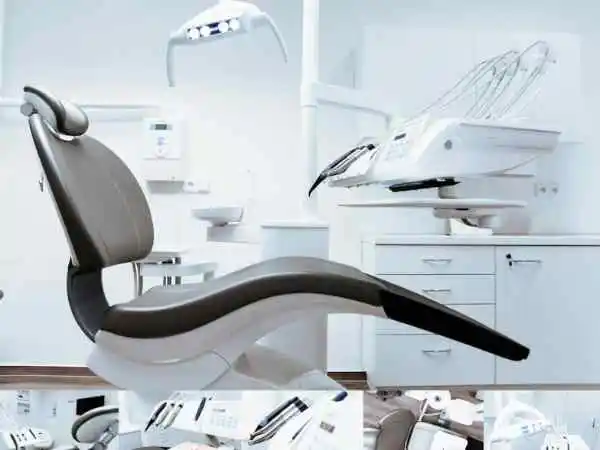Delivering top-notch patient care requires that your clinic be outfitted with the best medical equipment on the market. Due to its quick breakthroughs, it’s critical to keep up with the most recent developments in healthcare technology. This post will discuss five essential topics to assist you in ensuring that your clinic is operating with the best equipment possible.
1. Research and Stay Informed
To give their patients the best treatment possible, medical personnel must stay up to date on the newest developments in technology. Healthcare workers may learn about new tools, treatment modalities, and procedures that can enhance patient outcomes by remaining educated through research, conferences, and networking with peers. Healthcare workers may access cutting-edge research and debates on developing technology in their sector by subscribing to credible medical publications and online forums. Healthcare workers benefit from this process of continual learning as it keeps them up to date and improves their knowledge and abilities, which eventually improves patient care. Furthermore, networking with colleagues creates chances for cooperation and knowledge exchange, which promotes innovation and ongoing development in the medical field.
2. Evaluate Your Current Equipment
You need to assess the state of the equipment in your clinic to provide optimal patient care and operational efficiency. Make a thorough inventory of all the medical equipment, therapeutic instruments, and diagnostic tools that are utilized in your clinic first. Consider criteria including functioning, dependability, history of maintenance, and compliance with safety regulations while evaluating each item. Inspect for indications of deterioration, antiquated equipment, or recurrent malfunctions that might jeopardize patient care or workflow effectiveness. Furthermore, take into account if the current equipment can be used with any newer technologies or treatment modalities that have been developed after it was purchased. To raise the standard of care given to your patients, you may prioritize expenditures in equipment replacements or upgrades by carrying out a thorough review that identifies areas for improvement.
3. Consult with Peers and Experts
When thinking about making improvements or new investments in medical equipment, speaking with colleagues and industry experts is a priceless resource. Have conversations with coworkers who have used the devices or technology you’re interested in firsthand. Based on their personal experiences, they may provide insightful information about the usefulness, efficiency, and dependability of particular gadgets. Additionally, get in touch with respectable manufacturers or suppliers of medical equipment that specialize in the kind of equipment you are thinking about purchasing. These experts may offer comprehensive product details, product demos, and advice on which equipment would work best for your clinic’s requirements and price range. You may make well-informed decisions that support the aims and objectives of your clinic by utilizing the knowledge of peers and experts, which will eventually improve patient care and practice efficiency.
4. Prioritize Patient Needs and Safety
It’s critical to put patient needs and safety first when updating clinic equipment. Choosing equipment such as the Ritter 204 examination table, which is renowned for its dependability and patient comfort, may greatly improve the quality of care. The ergonomic design and user-friendly features of this examination table provide comfort for both the patient and the practitioner during exams. Its adherence to legal requirements provides an additional degree of patient safety assurance. Moreover, it is important to consider the distinct requirements and inclinations of your patient group. For example, to properly accommodate young patients, pediatric clinics may prioritize features like changeable height settings. Clinics may maintain high-quality treatment delivery and promote patient satisfaction by matching equipment selections with patient demands and safety regulations.
5. Invest in Quality and Reliability
Prioritizing quality and dependability when making medical equipment purchases is essential to ensuring the best possible patient care and clinic productivity. Selecting equipment from reliable manufacturers that are renowned for their dedication to safety and innovation helps reduce the possibility of problems, malfunctions, or safety issues that might jeopardize patient results. Advanced features, ergonomic designs, and sturdy construction are common elements of high-quality equipment, which help to improve treatment results, diagnose patients more accurately, and streamline processes. Cost is a factor, but concentrating just on initial savings may result in subpar equipment that will eventually cost more in the long term due to frequent repairs or replacements. Healthcare providers may maintain the highest levels of treatment, foster patient confidence, and protect the reputation of their clinic by making investments in quality and dependability.
Conclusion
You can ensure that your clinic has the greatest resources available to provide excellent healthcare services by conducting research, analyzing, consulting, prioritizing patient requirements, and purchasing quality equipment. Your clinic’s standard of care will also be improved by developing a culture of continual improvement and keeping abreast of developments in medical technology and procedures.

